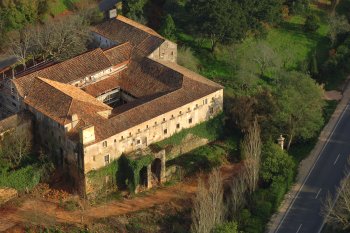Explore the best places
Heritage in Portugal
Formações Rochosas e Poças de Porto Moniz
- heritage
Porto Moniz
9270, Porto Moniz
Rock formations on the shores of the Atlantic Ocean, forming a set of small natural pools. This bathing complex is supervised by five lifeguards, and has a bar, children's playground, access for the disabled, car park and first aid station.
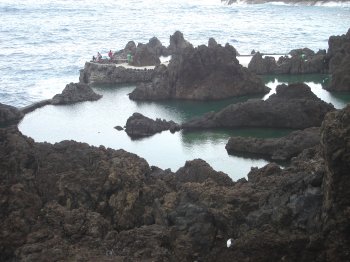
Frente de Mar do Seixal
- heritage
Ribeira da Lage
9270, Ribeira da Lage
Walk by the sea, in the town of Ribeira da Lage, characterized by steep cliffs.
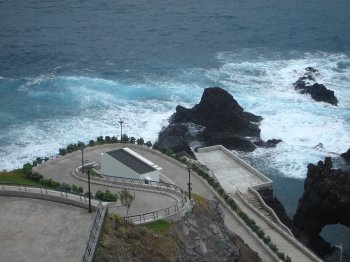
Forte de São João Batista / Aquário da Madeira
- heritage
Rua Forte de São João Batista, 7-A
9270-095, Porto Moniz
Replica of the old São João Batista Fort located there, built in 1730, due to the pirate attacks on Porto Moniz. In 1998, the town's Municipal Council acquired the ruins, completely restoring it and giving it its original appearance, in order to house the Madeira Aquarium.
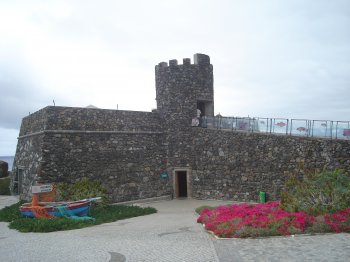
Espaço Multiusos de Porto Moniz
- heritage
Rotunda do Ilhéu Mole
9270-095, Porto Moniz
Space prepared to host exhibitions of community interest, currently featuring the permanent exhibition Laurissilva – UNESCO World Heritage Site.
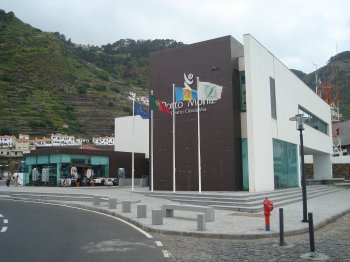
Charretes de Óbidos
- heritage
Rua da Porta da Vila
2510, Vila de Óbidos
Fitting with medieval atmosphere in this small town, there are several carts that make tourism tours, with different routes and prices. For instance, a trip along the centr of town, with a duration of 34 minutes, may cost 45 euros, while a trip to the Aqueduto das Águas (Water Aqueduct), that may last ten minutes, will cost around 20 euros.
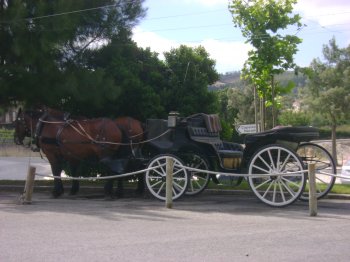
Castelo de Guimarães
- heritage
Rua Conde Dom Henrique
4800-412, Guimarães
In the 10th century, the Countess Mumadona had a monastery built on her estate. The fact that it was the target of intense Moorish attacks meant that a fortress was built to protect the monks and the Christian community. Thus was born the Castle of Guimarães. After the birth of Condado Portucalense, it became inhabited by Count Dom Henrique and Dona Teresa, who had major works carried out on this monument. Between the 13th and 15th century, several kings contributed to the improvement of the Castle, after which it was abandoned, finding itself very degraded until the 20th century, when …
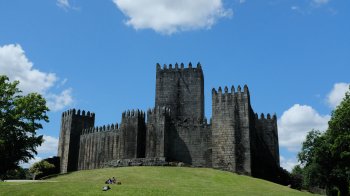
Igreja Paroquial do Espinhal / Igreja de São Sebastião
- heritage
Largo Dom Luís de Alarcão
3230, Espinhal
Late-Renaissance and Baroque church, dating from the 16th century. It consists of three naves and two chapels on the flanks. Highlights include its tower and the architectural ensemble of the carved stone headboard from the Coimbra Renaissance.
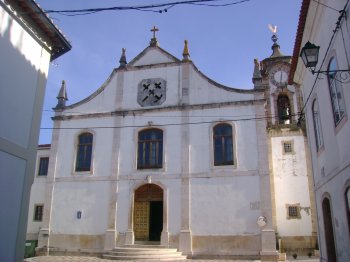
Castelo de Germanelo
- heritage
Rabaçal
3230, Rabaçal
Castle built by King Afonso Henriques in the 12th century. Together with the castles of Penela, Soure and Lousã, it was part of the Alfonsian network of fortifications to defend the lands of Coimbra.
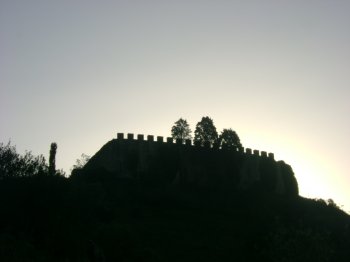
Villa Romana do Rabaçal
- heritage
Rabaçal
3230, Rabaçal
Rural villa dating from the 4th century, featuring civil, private and Roman architecture. It has a notable living area, both in terms of spatial organization and decoration. Several archaeological campaigns uncovered the residential part, with complete mosaics and an octagonal peristyle. In 1988, what was believed to be the thermal block of this important villa was discovered.
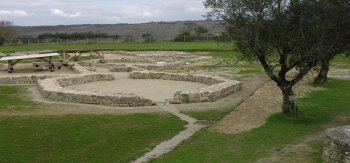
Convento de Santo António
- heritage
Rua do Convento de Santo António, 9
3230, Penela
Simple and austere building, characteristic of Franciscan architecture. It was built in the 16th century, still retaining the round entrance gate, cut out and decorated with volutes.
